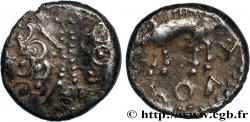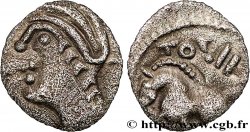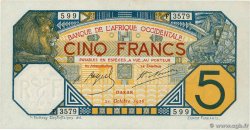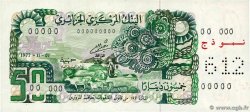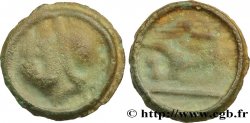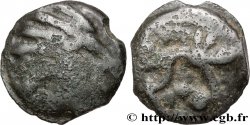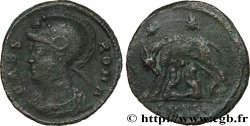E-auction 315-232824 - bga_532684 - GALLIA BELGICA - SEQUANI (Area of Besançon) Obole à la croix, MASO tête à droite, type du coin d’Arbois
Чтобы принять участие в торгах, вы должны войти в систему и стать подтвержденным участником аукциона. Войдите, чтобы сделать ставку. Ваш аккаунт будет подтвержден в течение 48 часов. Не ждите до закрытия торгов, чтобы зарегистрироваться.Сделав ставку на данный товар, вы вступаете в юридическое соглашение на покупку выбранного товара и нажатием кнопки «Сделать ставку» подтверждаете принятие вами условий интернет-аукционов cgb.fr.
Ставка может бить сделана только в полном эквиваленте евро. Торги закроются согласно времени, указанному в описании товара, все ставки, сделанные после закрытия торгов, учитываться не будут. Не следует откладывать предложение вашей ставки до последнего момента, так как система может не успеть обработать вашу заявку, и ваша ставка не будет принята. Более детальную информацию вы найдёте здесь: FAQ по интернет-аукционам.
БЕСПЛАТНО.
БЕСПЛАТНО.
| Оценить : | 200 € |
| Цена : | 57 € |
| Максимальная предлагаемая цена : | 65 € |
| Конец торгов : | 29 April 2019 14:05:30 |
| Участников : | 10 Участников |
Тип Obole à la croix, MASO tête à droite, type du coin d’Arbois
Дата: c. 80-50 AC.
Металл: silver
Диаметр: 9,5 mm
Ориентация осей монеты: 12 h.
Вес: 0,49 g.
Редкость: R3
Комментарии о состоянии
Droit mou mais revers d’un style exceptionnel ! Patine grise
Ссылки в каталоге: :
Лицевая сторона
Аверс: легенда: ANÉPIGRAPHE.
Аверс: описание: Tête stylisée à droite, la chevelure formée par des esses ; grènetis.
Обратная сторона
Реверс: легенда: M/A/.O (POINTÉ)./S (LE A EN FORME DE DELTA).
Реверс: Описание: Croix cantonnée avec une lettre dans chaque canton ; listel.
Комментарий
Cet exemplaire avec son revers finement bouleté et pointé sur l’ensemble des lettres est pour le moment d’un style totalement différent des exemplaires proposés en vente !
Il existe de nombreuses variantes pour ces très rares oboles ! Le droit peut avoir une tête à droite ou à gauche, avec ou sans la croisette dans la chevelure. Le revers peut aussi présenter plusieurs combinaisons de lettres ; MASO ou MAOS.
Selon l’étude qui a été réalisée à l’occasion de la publication du coin d’Arbois, cet exemplaire avec la tête à droite et la légende MASO appartiendrait à la classe I, variante plus rare au profil à droite, mais avec la légende MASO et non pas MAOS comme c’est le cas sur le coin.
L’attribution à l’Est de la France, autour du Jura est probable au vu de récentes découvertes. Il semble qu’il y ait eu des confusions entre les monnaies de ce type, et les imitations de Marseille épigraphes MSAO, émises dans la vallée du Rhône ou plus précisément par les Allobroges (cf. DT. 3173).
En recherchant des références pour cette obole, on se rend compte qu’il s’agit d’un monnayage très rare et curieusement absent de la plupart des publications et des collections publiées.
Ce type semble indirectement copié sur les oboles de Marseille. Il présente aussi certaines similitudes avec les oboles à la croix des Volques Tectosages
.
This example with its finely rounded reverse and pointed on all the letters is currently of a completely different style from the examples offered for sale! There are many variants for these very rare obols! The obverse can have a head on the right or on the left, with or without the cross in the hair. The reverse can also present several combinations of letters; MASO or MAOS.
According to the study carried out on the occasion of the publication of the Arbois die, this specimen with the head on the right and the legend MASO would belong to class I, a rarer variant with the profile on the right, but with the legend MASO and not MAOS as is the case on the die..
The attribution to the East of France, around the Jura, is probable in view of recent discoveries.. It seems that there was confusion between coins of this type and the imitations of Marseille epigraphs MSAO, issued in the Rhone valley or more precisely by the Allobroges (cf.. DT. 3173).
When researching references for this obol, one realizes that it is a very rare coinage and curiously absent from most published publications and collections..
This type seems to be indirectly copied from the Marseille obolus. It also has some similarities with the cross obols of the Volques Tectosages
Il existe de nombreuses variantes pour ces très rares oboles ! Le droit peut avoir une tête à droite ou à gauche, avec ou sans la croisette dans la chevelure. Le revers peut aussi présenter plusieurs combinaisons de lettres ; MASO ou MAOS.
Selon l’étude qui a été réalisée à l’occasion de la publication du coin d’Arbois, cet exemplaire avec la tête à droite et la légende MASO appartiendrait à la classe I, variante plus rare au profil à droite, mais avec la légende MASO et non pas MAOS comme c’est le cas sur le coin.
L’attribution à l’Est de la France, autour du Jura est probable au vu de récentes découvertes. Il semble qu’il y ait eu des confusions entre les monnaies de ce type, et les imitations de Marseille épigraphes MSAO, émises dans la vallée du Rhône ou plus précisément par les Allobroges (cf. DT. 3173).
En recherchant des références pour cette obole, on se rend compte qu’il s’agit d’un monnayage très rare et curieusement absent de la plupart des publications et des collections publiées.
Ce type semble indirectement copié sur les oboles de Marseille. Il présente aussi certaines similitudes avec les oboles à la croix des Volques Tectosages
.
This example with its finely rounded reverse and pointed on all the letters is currently of a completely different style from the examples offered for sale! There are many variants for these very rare obols! The obverse can have a head on the right or on the left, with or without the cross in the hair. The reverse can also present several combinations of letters; MASO or MAOS.
According to the study carried out on the occasion of the publication of the Arbois die, this specimen with the head on the right and the legend MASO would belong to class I, a rarer variant with the profile on the right, but with the legend MASO and not MAOS as is the case on the die..
The attribution to the East of France, around the Jura, is probable in view of recent discoveries.. It seems that there was confusion between coins of this type and the imitations of Marseille epigraphs MSAO, issued in the Rhone valley or more precisely by the Allobroges (cf.. DT. 3173).
When researching references for this obol, one realizes that it is a very rare coinage and curiously absent from most published publications and collections..
This type seems to be indirectly copied from the Marseille obolus. It also has some similarities with the cross obols of the Volques Tectosages







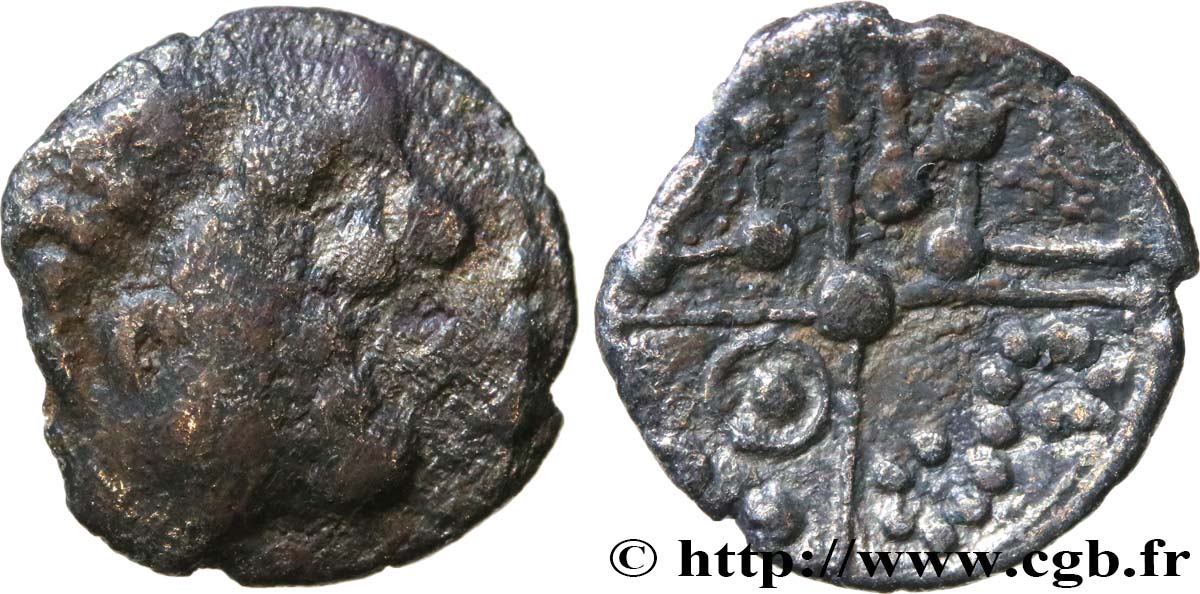
 Cообщить об ошибке
Cообщить об ошибке Распечатать страницу
Распечатать страницу Отправить мой выбор
Отправить мой выбор Задать вопрос
Задать вопрос Consign / sell
Consign / sell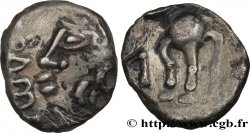
 Информация
Информация
